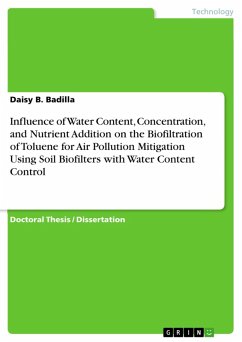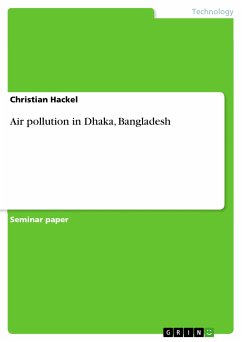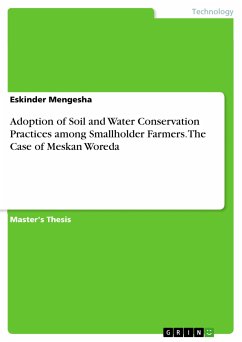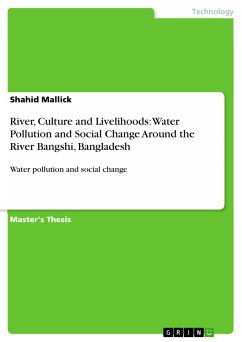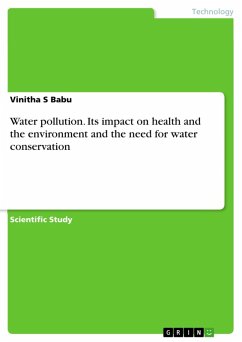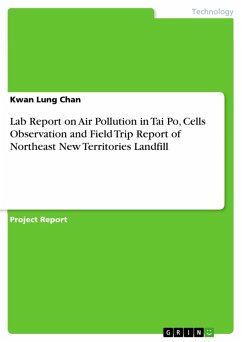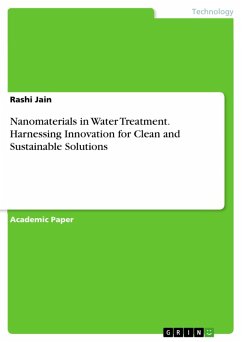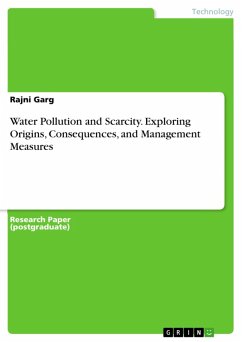Doctoral Thesis / Dissertation from the year 2011 in the subject Environmental Sciences, grade: Passed, University of the Philippines, course: Doctor of Philosophy in Environmental Engineering, language: English, abstract: In this study, the influence of water content on biofiltration performance was investigated. A biofilter reactor with water content control through changes in matric potential in a suction cell was used to treat toluene-contaminated air with soil as the filter bed medium. Results suggest the soil water content should be controlled at about 96% (dry weight) or a matric potential of -10 cm H2O. The maximum elimination capacity in this study appears to be a restricted to a narrow water content and this narrow range impacts on the operation of full-scale biofilters as traditional techniques for water content control would make maintaining this range difficult. Biofiltration, which is also sometimes referred to as bio-oxidation, is a method of air pollution control where contaminants in a gas stream are metabolized by microorganisms and converted to water, carbon dioxide and biomass. Biofiltration involves biological, chemical, and physical processes. It is often preferred over other air pollution control technologies since it does not produce secondary pollutants and does not involve expensive maintenance and operating costs. However, one of its disadvantages is the difficulty in controlling water content. A water retention curve of the soil was generated by plotting water content versus matric potential with data obtained using the suction cell. Two additional factors, concentration and nutrient addition, were investigated using two other soil biofilters. Improved biofiltration performance was observed at higher toluene concentrations. High toluene concentrations may be advisable during start-up as it converts microorganisms that do not thrive on toluene into nutrients for desired degraders inducing growth and improved performance but would have to be controlled to avoid excessive growth. In the membrane biofilter, the large pores in the biofilm contributed to a possible enhancement of pollutant and oxygen mass transfer. Nutrient addition improved the volumetric removal rate of toluene which implies that available nutrient has been limited. Nitrogen was identified as limiting the biomass growth. The production of carbon dioxide confirmed effective biodegradation of toluene in the soil biofilter. This study contributes to existing knowledge relevant conclusions and recommendations that may guide biofiltration operation, broaden concepts, or direct future studies and it considers treatment of indoor air pollution as a particular area of application.
Dieser Download kann aus rechtlichen Gründen nur mit Rechnungsadresse in A, B, BG, CY, CZ, D, DK, EW, E, FIN, F, GR, HR, H, IRL, I, LT, L, LR, M, NL, PL, P, R, S, SLO, SK ausgeliefert werden.

